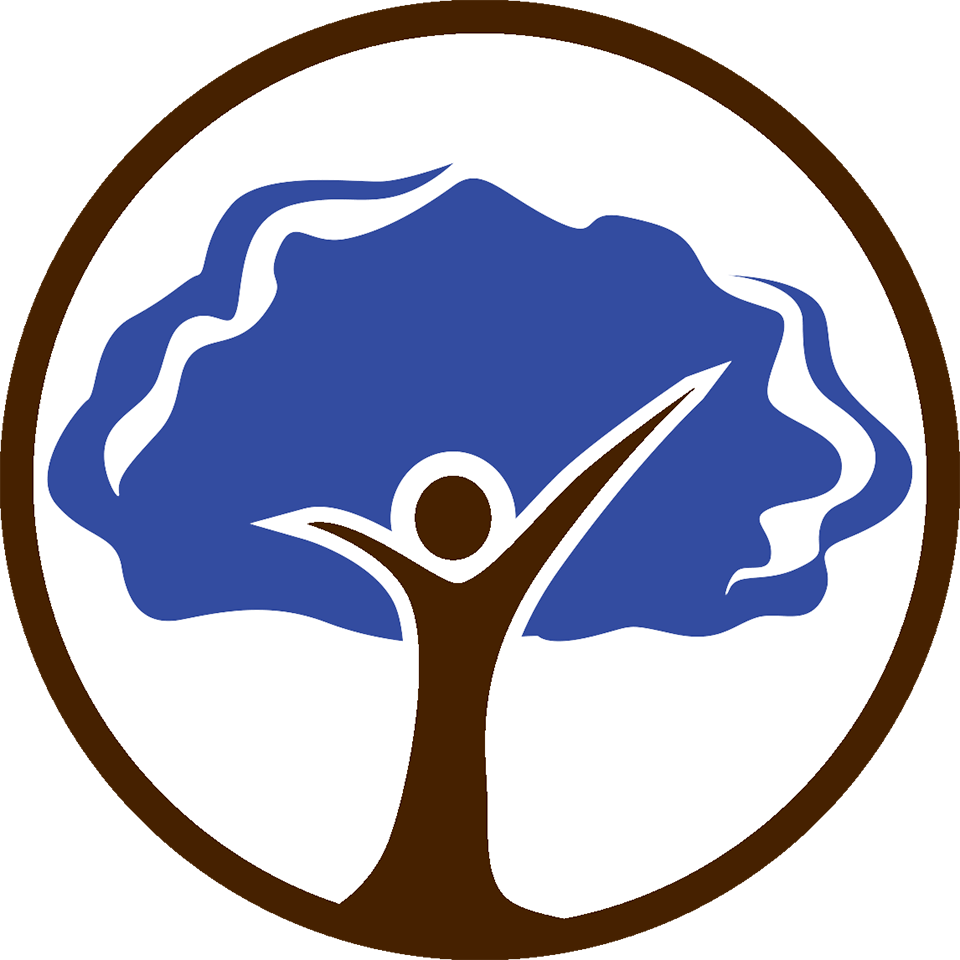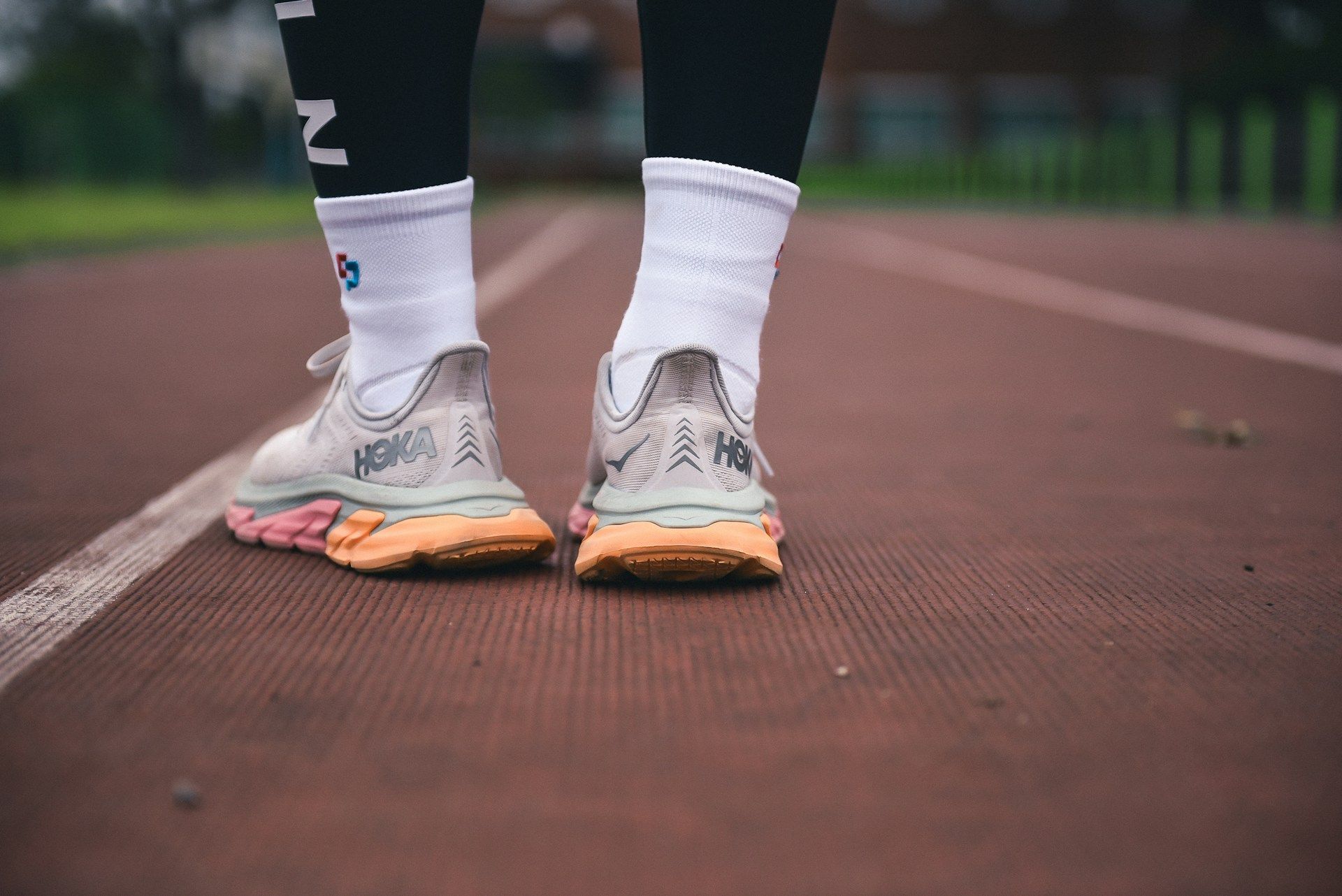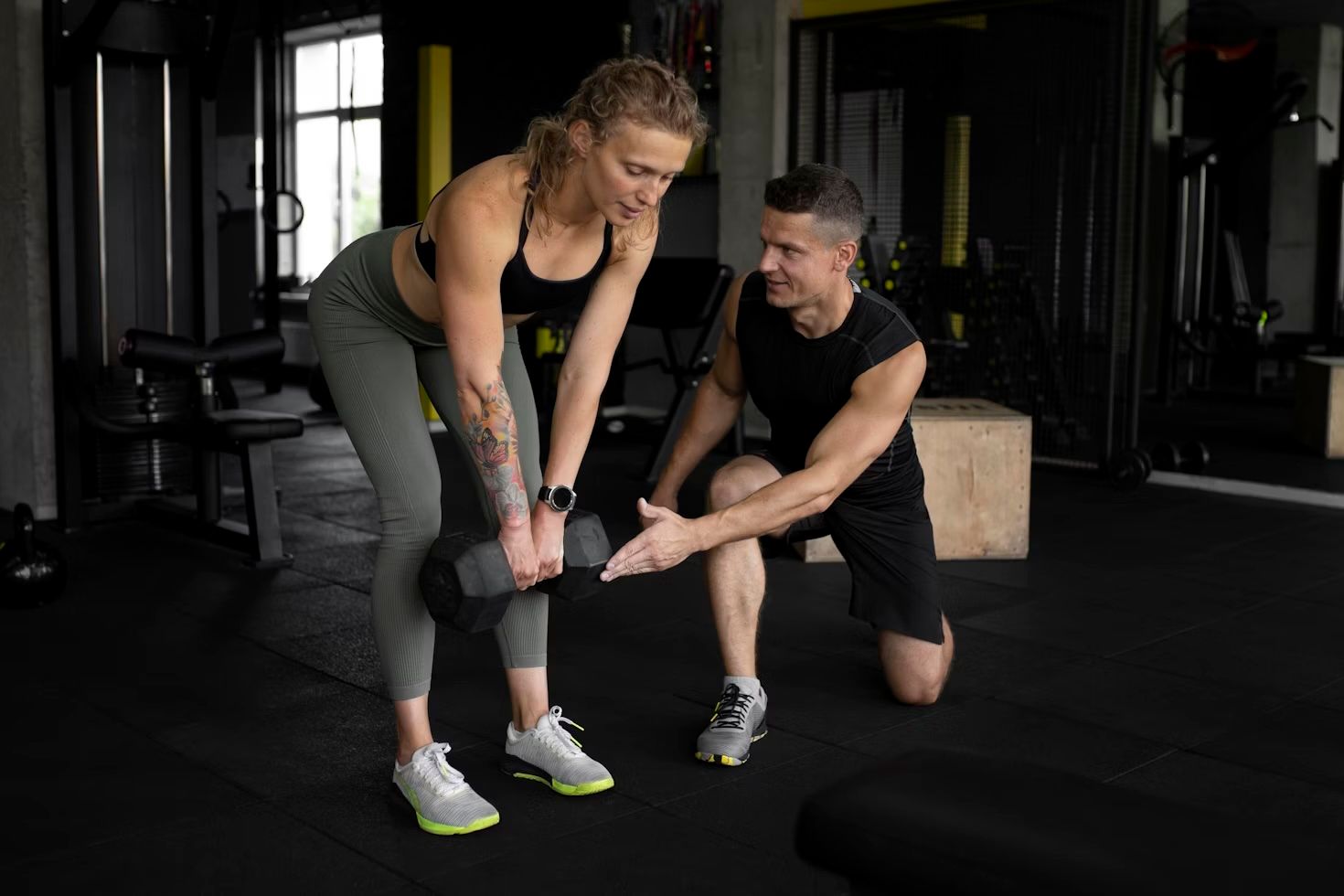Safe Exercise Tips After Injury or Illness
Recovering from an injury or illness can be a difficult process, but incorporating safe exercise practices from Live Oak Fitness can make a big difference in your recovery journey. Whether you are overcoming a recent injury or slowly bouncing back from an illness, exercise plays a key role in helping you regain your strength and improve your overall well-being.
This article provides valuable tips and recommended exercises to help you safely transition back to an active lifestyle, with special attention given to leveraging the unique offerings of St. Simons Island.
1. Understanding Safe Exercise After Injury or Illness
Importance of Gradual Progress
When returning to exercise after an injury or illness, it's important to start slowly and gradually increase your activity level. Rushing the process can cause setbacks that delay recovery. Begin with light exercises and focus on movements that do not cause pain. Over time, you can slowly increase the intensity and duration of your workouts.
Gradual progress allows your body to adapt to new activities without overwhelming it. This approach helps build strength and endurance while minimizing the risk of re-injury. Setting small, achievable milestones can provide a sense of accomplishment and keep you motivated during your recovery journey.
Listening to Your Body
Paying attention to your body’s signals is crucial during recovery. If you feel pain, fatigue, or discomfort, it is important to stop and rest. Pain is your body’s way of telling you that something is wrong, and pushing through it can lead to further damage.
Monitor how your body responds to different exercises, and take note of any patterns. Adjust your routine based on these observations, focusing on activities that feel good and promote healing. Always consult your healthcare provider if something doesn't feel right.
Common Mistakes To Avoid
Avoiding common mistakes can make your recovery smoother and more effective. One common mistake is doing too much too soon. This can strain your body and slow down the healing process. Another mistake is neglecting warm-ups and cool-downs, which are essential for preparing your body for exercise and reducing soreness afterward.
Skipping rest days is another error to avoid. Your body needs time to repair and strengthen, so make sure to include rest and recovery in your routine. Lastly, not seeking professional guidance can hinder your progress. Working with a personal trainer can ensure you're using proper techniques and making safe choices.
2. Essential Tips for Safe Exercise
Setting Realistic Goals
Setting realistic goals is crucial for a successful recovery. Begin with small and manageable targets that suit your current fitness level. For instance, aim to walk for 10 minutes without discomfort and gradually extend the duration as you grow stronger. Clear, attainable goals provide direction and keep you motivated.
Discuss your goals with a healthcare provider or fitness professional to ensure they are appropriate for your condition. They can help you create a plan that aligns with your recovery needs and adjust it as you progress. Realistic goals foster a positive mindset and prevent frustration.
Incorporating Flexibility and Balance Exercises
Including flexibility and balance exercises in your routine is important for full-body recovery. Gentle stretching can improve your range of motion and prevent stiffness. Balance exercises, like standing on one foot or using a balance board, can enhance stability and coordination.
These exercises are especially beneficial if your injury or illness has affected your mobility. Simple activities, like yoga or tai chi, can be effective and calming. By focusing on flexibility and balance, you support your body's overall functionality and reduce the risk of future injuries.
Scheduling Regular Rest and Recovery
Rest and recovery are essential components of a safe exercise plan. Your body needs time to heal and rebuild strength after workouts. Schedule rest days to allow your muscles to repair and prevent overtraining.
Listen to your body’s signals and take breaks when needed. Incorporating activities like gentle stretching or light walking on rest days can keep you active without overwhelming your system. Balance exercise with adequate rest to achieve the best results and a smoother recovery process.
3. Recommended Exercises for Post-Injury or Illness
Gentle Stretching and Warm-Up Routines
Starting with gentle stretching and warm-up routines is essential for preparing your body for more strenuous activities. Begin with simple stretches that target major muscle groups, especially those around the injured area. Hold each stretch for about 20-30 seconds without bouncing.
Warm-up routines, such as light walking or easy arm circles, can increase blood flow and gently raise your heart rate. This helps in loosening up your muscles and reducing the risk of injury. Remember, the goal is to ease your body into exercise, so listen closely to any signals of discomfort.
Low-Impact Cardio Workouts
Low-impact cardio workouts are great for maintaining cardiovascular health without putting unnecessary strain on injured areas. Options include walking, swimming, or using an elliptical machine. These exercises are gentle on the joints and can be easily adjusted to suit your fitness level.
Start with short sessions and gradually increase the duration and intensity as your strength improves. Keep the movements smooth and steady to avoid jarring impacts, and always monitor how your body feels during and after the workout.
Strength and Endurance Training
Incorporating strength and endurance training can help rebuild muscle and improve stability. Focus on bodyweight exercises like squats, lunges, and push-ups, or use light weights and resistance bands for added challenge. Aim to perform these exercises with proper form to prevent injuries.
Start with a few repetitions and gradually increase as you get stronger. Pay attention to all muscle groups, but take extra care with areas that were previously injured. Combining strength training with aerobic exercises can lead to a well-rounded recovery plan.
4. Using St. Simons Island Resources for Recovery
Exploring Local Walking Trails and Parks
St. Simons Island offers a variety of scenic walking trails and parks perfect for low-impact exercise. Places like Neptune Park and East Beach provide beautiful and safe environments to boost your recovery. Walking outdoors not only enhances physical health but also improves mental well-being.
Take advantage of these outdoor spaces to enjoy light cardio activities and gentle stretches. The natural surroundings can make exercise more enjoyable and motivate you to stay active. Remember to choose paths that are smooth and level to minimize the risk of trips and falls.
Joining Community Fitness Programs
Community fitness programs on St. Simons Island provide guided sessions tailored to various fitness levels and recovery needs. These programs offer support and motivation, helping you stay committed to your goals. You can find classes focused on balance, flexibility, and strength, making it easier to follow a structured routine.
Group activities can also provide a sense of community and encouragement, which is particularly helpful during recovery. Check local listings for programs and events that match your interests and fitness level. Often, these programs are designed by professionals who understand the importance of safe exercise.
Seeking Guidance From a Personal Trainer
Personal trainers can provide customized exercise plans based on your specific recovery needs. Our trainers are experienced in designing safe and effective workouts for those recovering from injury or illness. They can help you set goals, monitor progress, and adjust your routine as needed.
Having a professional guide you through exercises ensures that you're performing them correctly and safely. This personalized approach can speed up your recovery and help you regain confidence in your physical abilities. Consider scheduling a session with a personal trainer to get started on the right track.
Conclusion
Recovering from an injury or illness is a gradual process that requires patience, dedication, and proper guidance. By following safe exercise practices and making use of the resources available on St. Simons Island, you can rebuild your strength and enhance your overall well-being. The key is to listen to your body, set realistic goals, and incorporate a variety of exercises that promote flexibility, balance, and endurance.
At Live Oak Fitness, we're here to help you every step of the way. Our
private personal trainers are dedicated to creating personalized programs that fit your needs. Contact us today to start your tailored recovery plan and take the first step towards a healthier and more active life.
It is important for your health and safety to always check with your doctor or one of the personal trainers at Live Oak Fitness before beginning any workout program.











